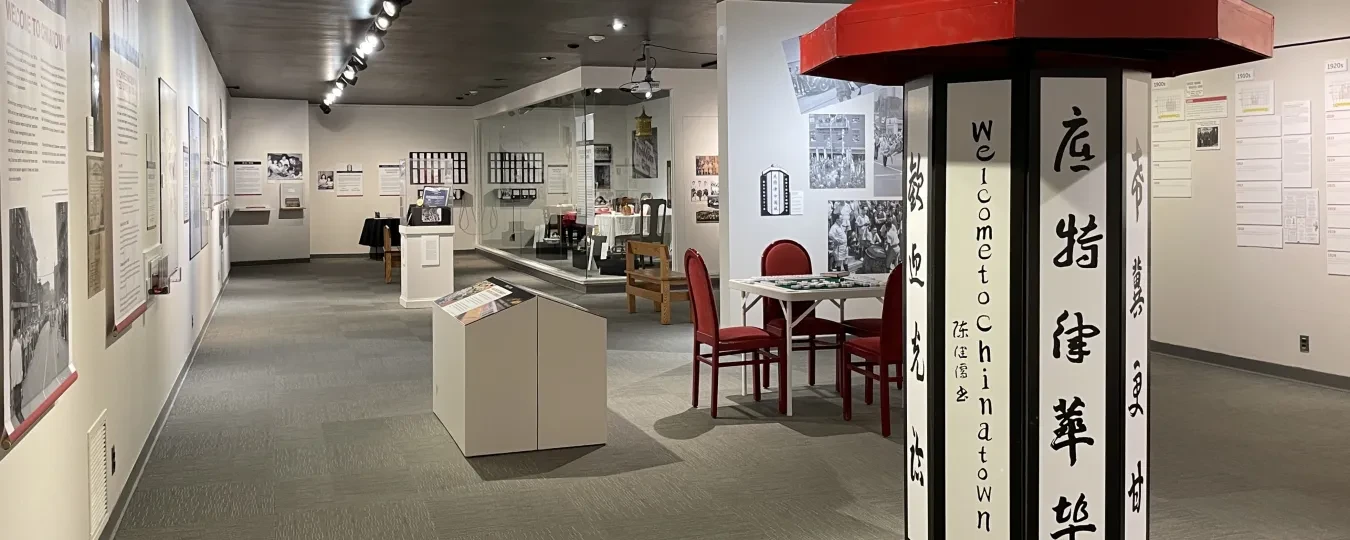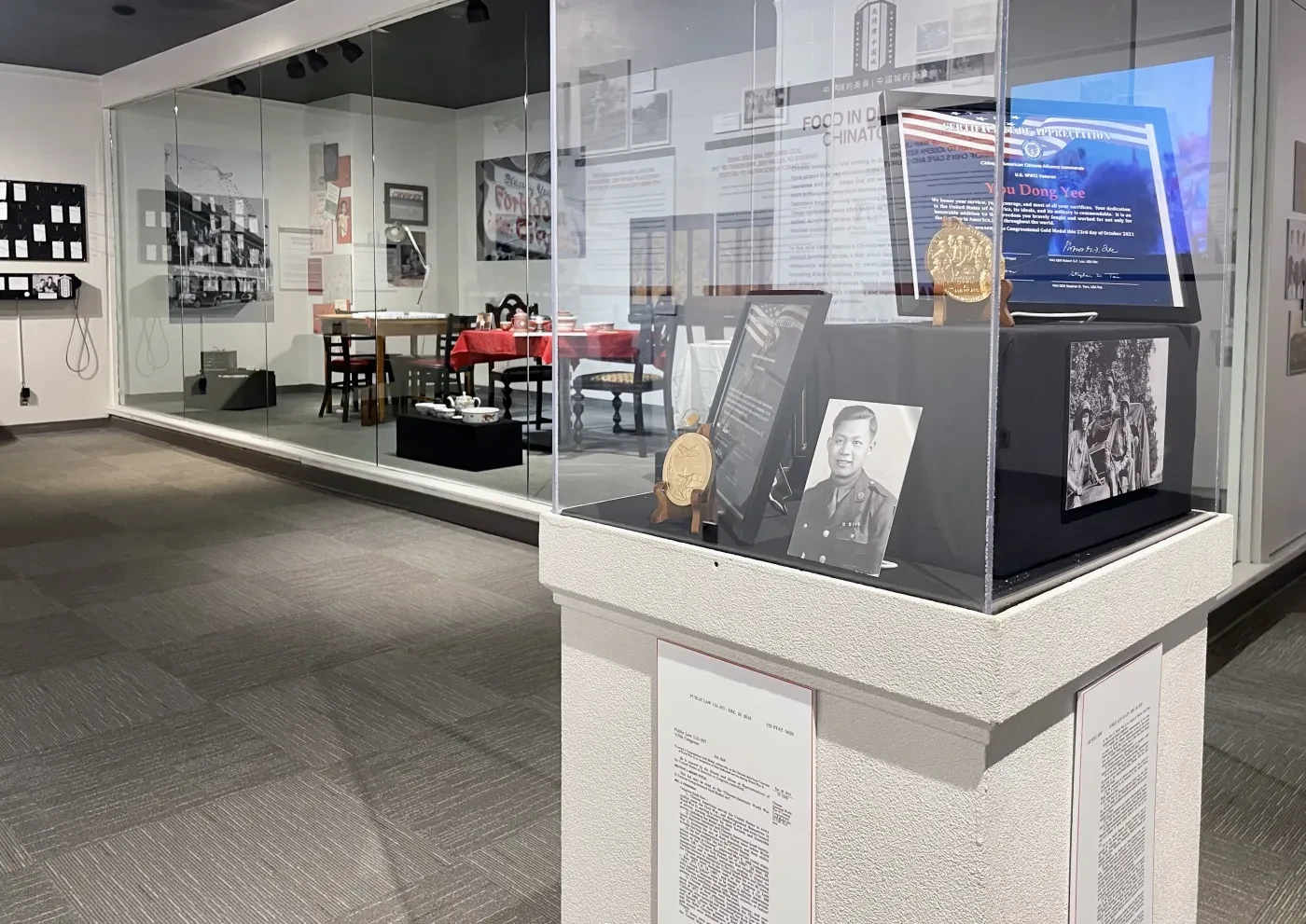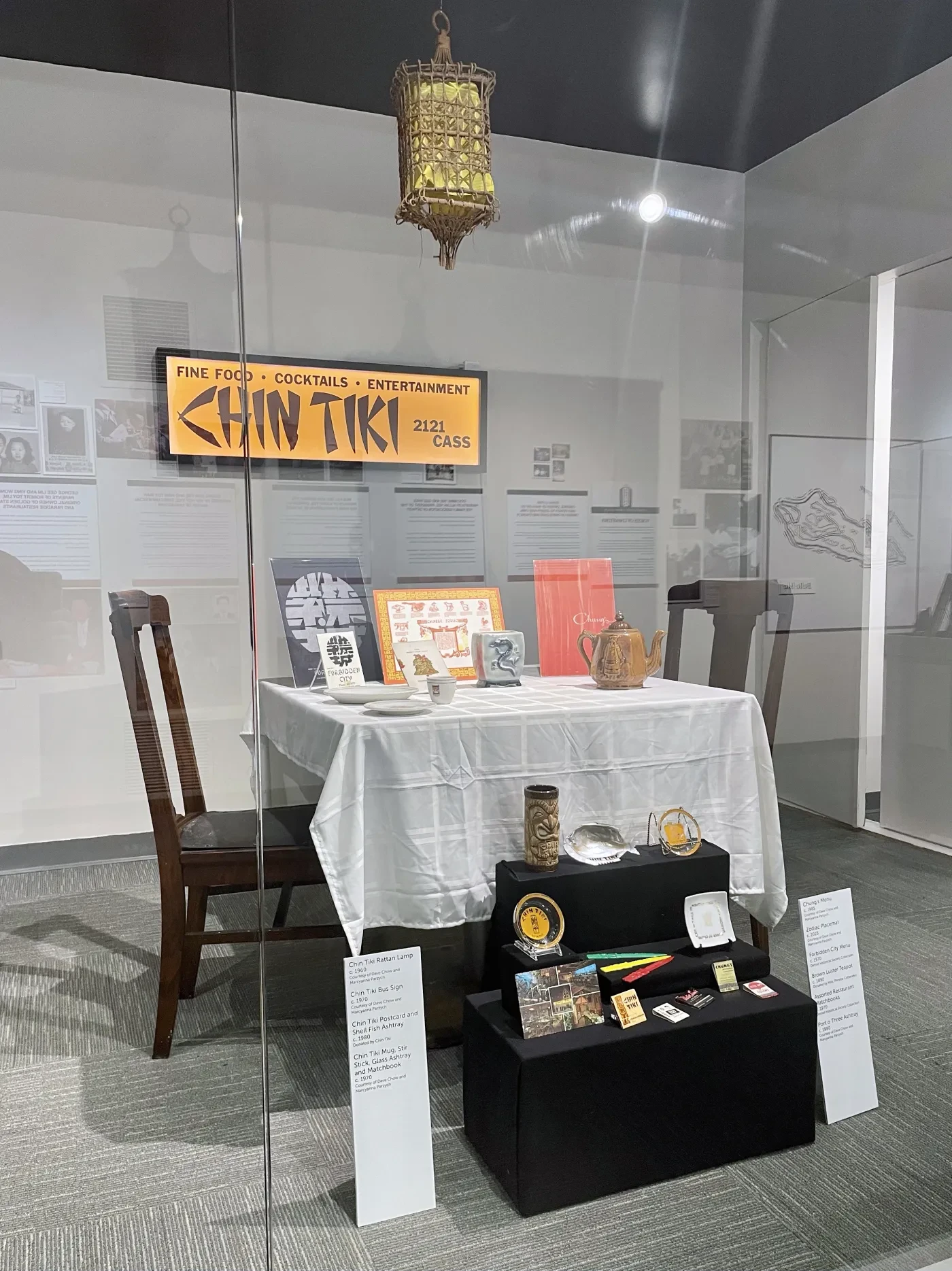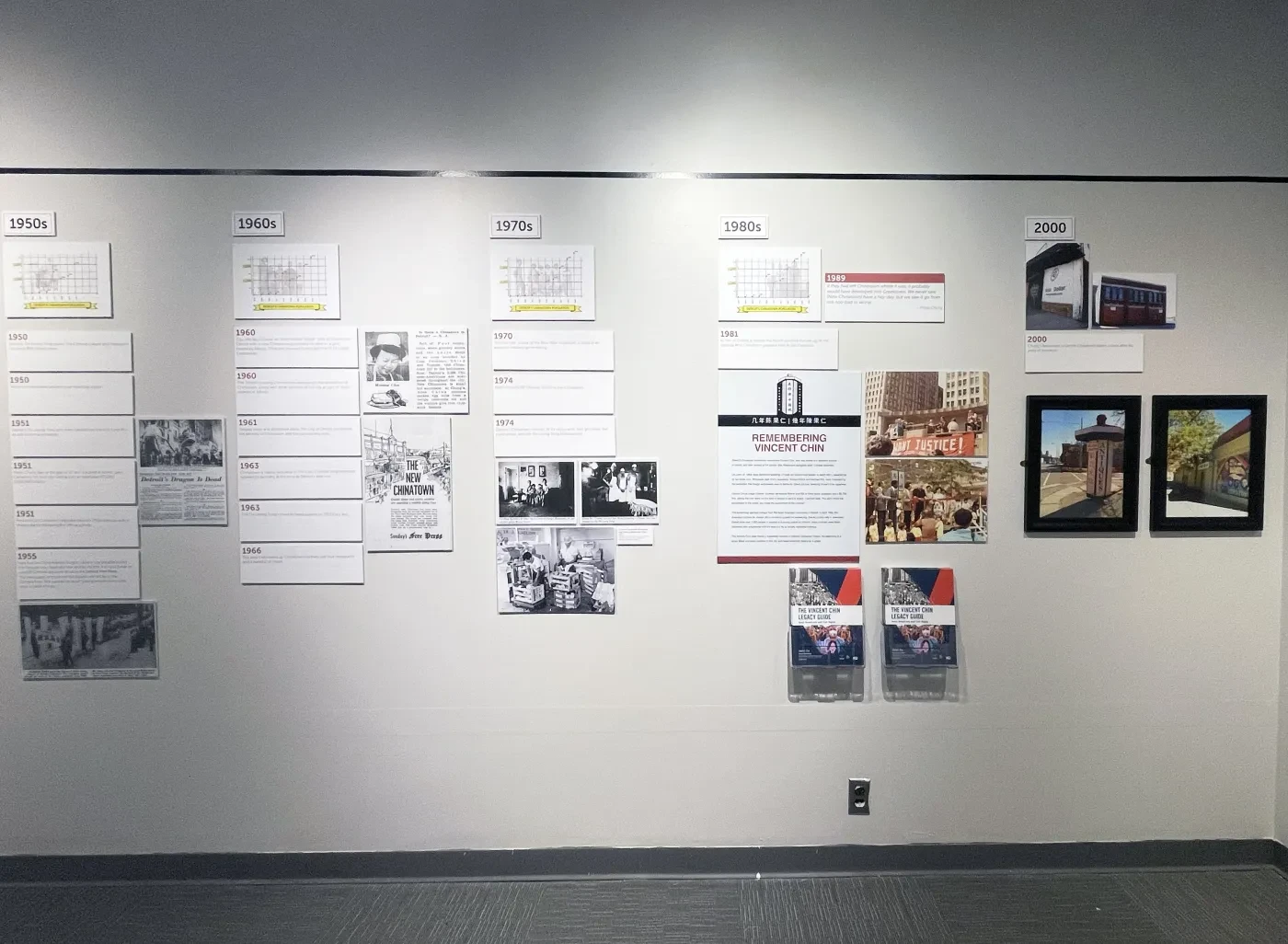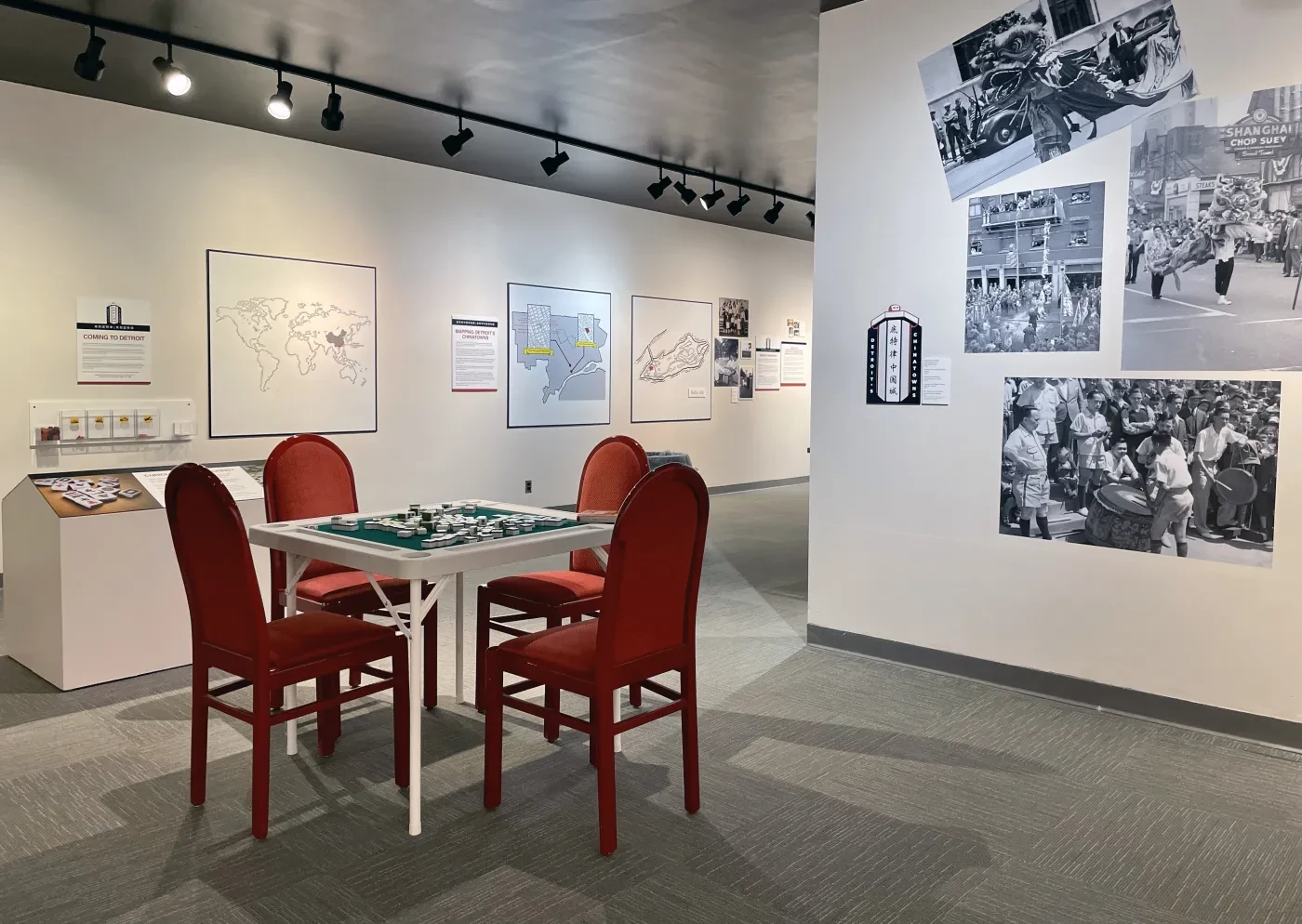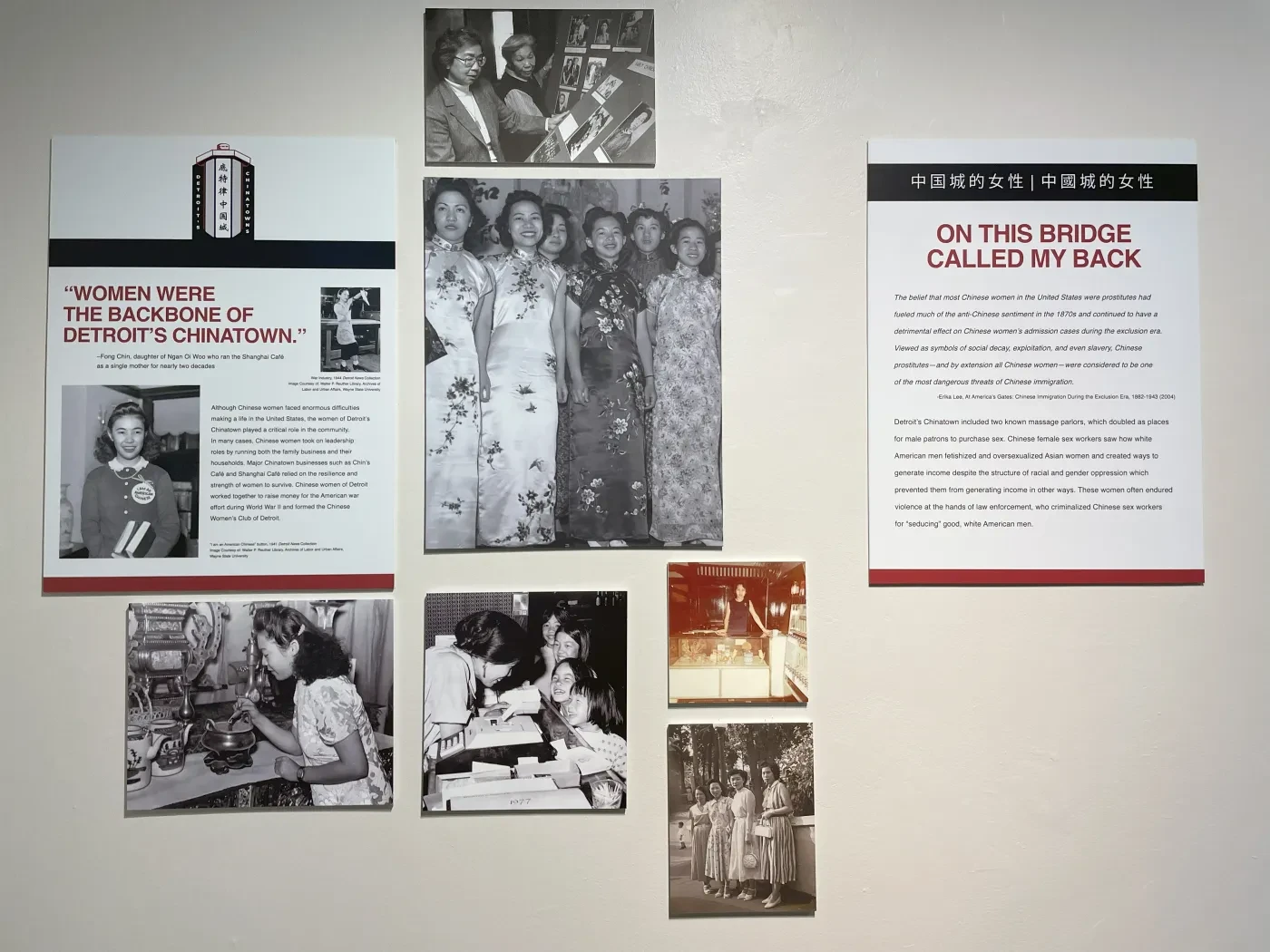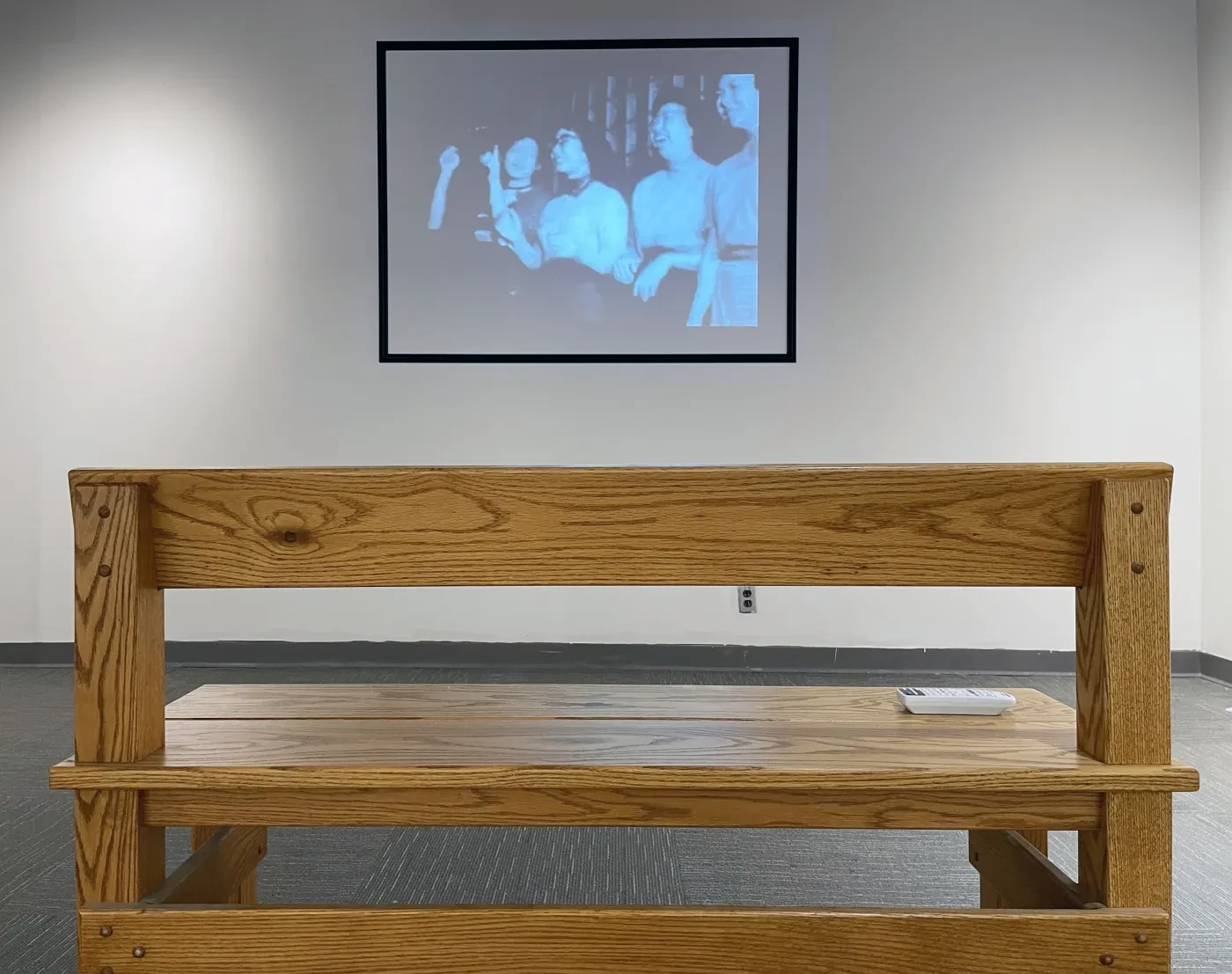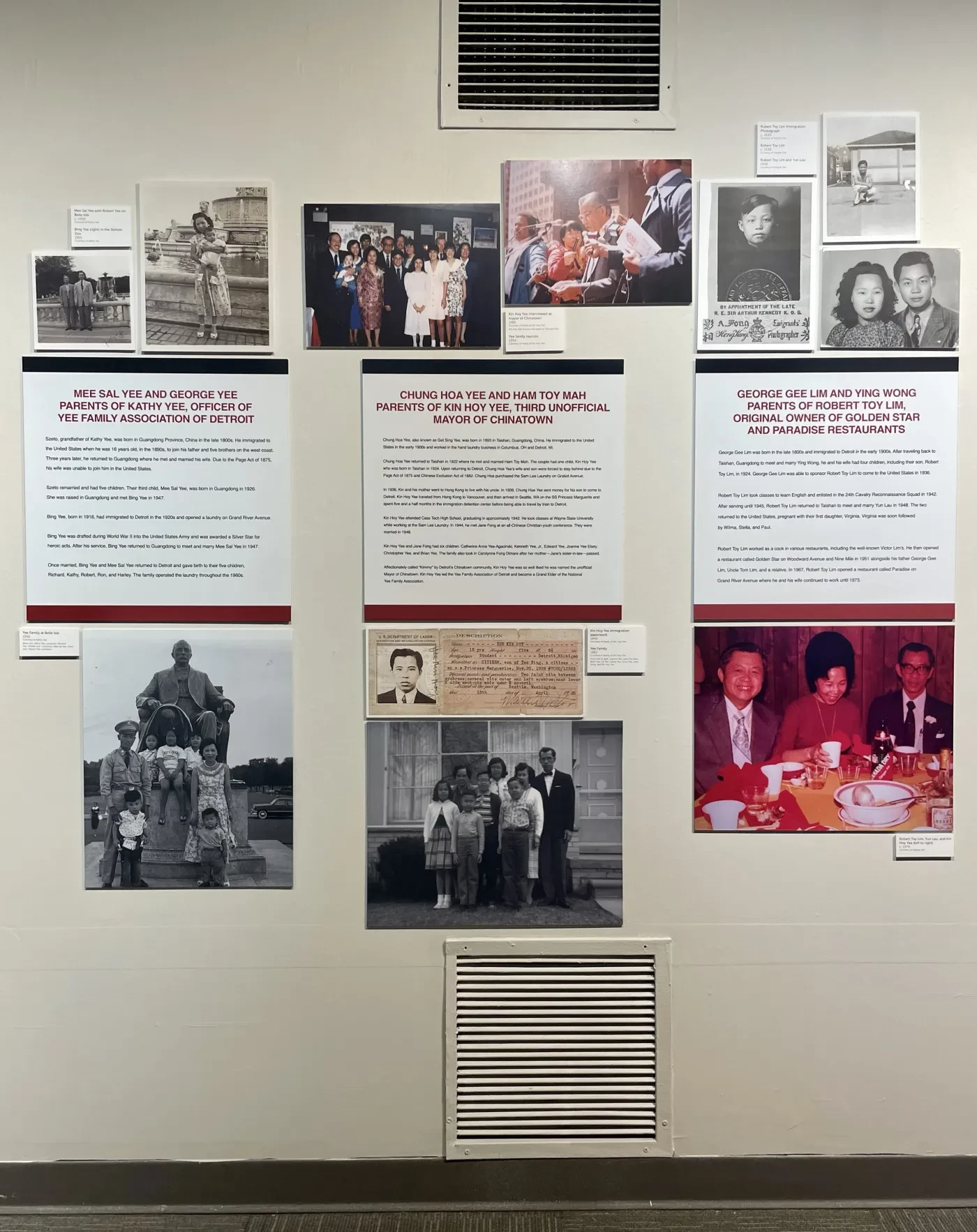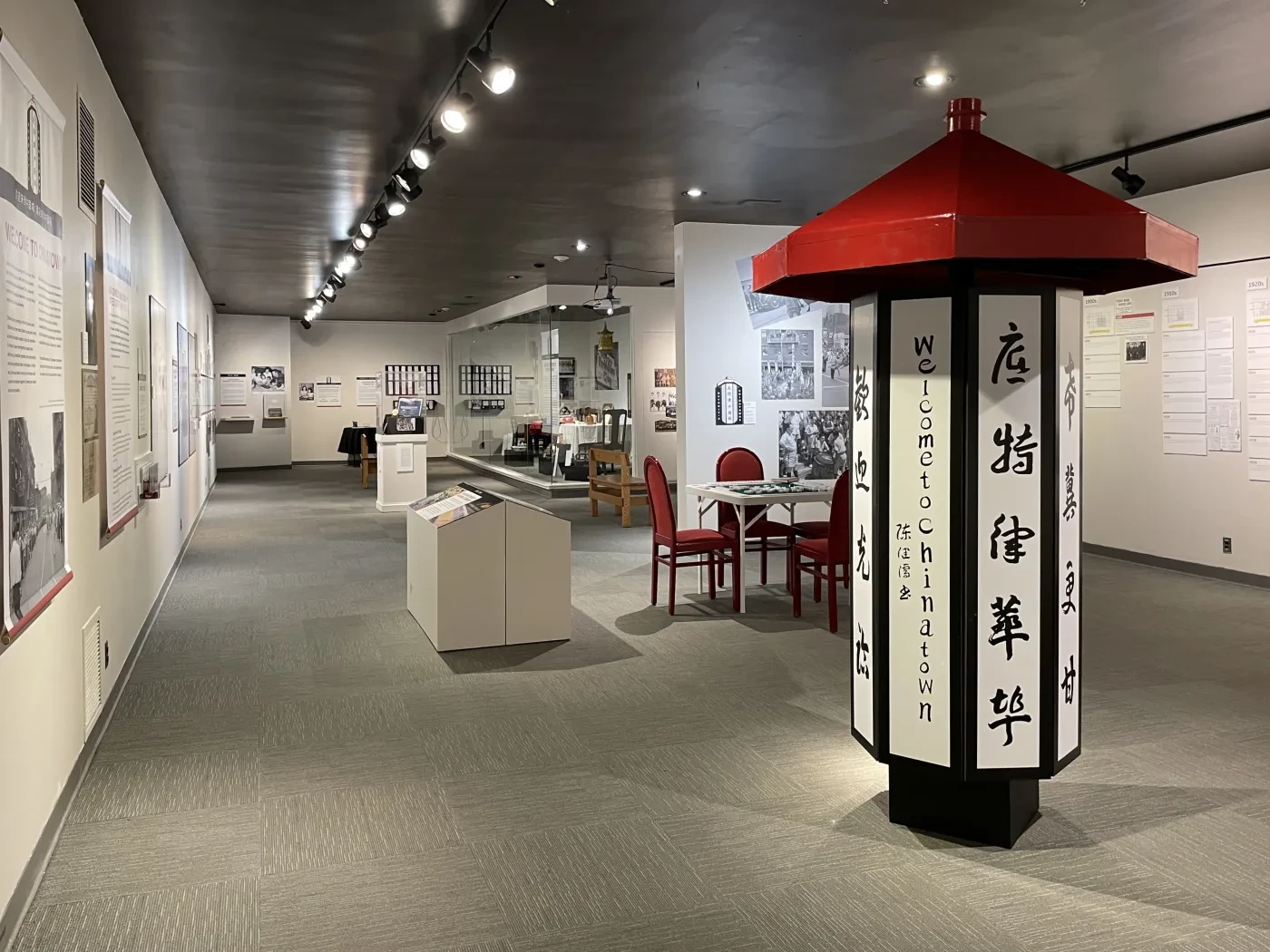Detroit's earliest Chinese immigrants arrived in the 1870s and for the next century and a half, what began as a small enclave developed into a flourishing community with thousands of people and a myriad of businesses. Families from Detroit’s first Chinatown remember attending church and Chinese school, watching Chinese opera and movies, and traveling to Belle Isle to picnic and play mahjong on weekends with hundreds of other Chinese families. Revisit Detroit’s two official Chinatowns and celebrate the resilience of the city’s Chinese community in this community-curated exhibition in the Detroit Historical Museum’s Robert and Mary Ann Bury Community Gallery.
Detroit’s Chinatowns tells the 150-year history of the community, starting with the arrival of a Chinese immigrant named Ah-Chee in 1872. A timeline traces the community’s growth, as the city’s first Chinatown came together on 3rd Avenue, just west of downtown, and then relocated to the Cass Corridor due to 1950s urban renewal. Artifacts, photos, video, original art, and oral histories evoke the Chinatown restaurants, laundries, retail stores, and other shops that thrived into the 1970s and 80s and illuminate the lives of the immigrant families who ran them. The exhibition also features interactive experiences, like a Chinese mahjong table, a world map where visitors can mark their own family’s immigrant roots, and a screening area with video footage from the Detroit Historical Society collection.
